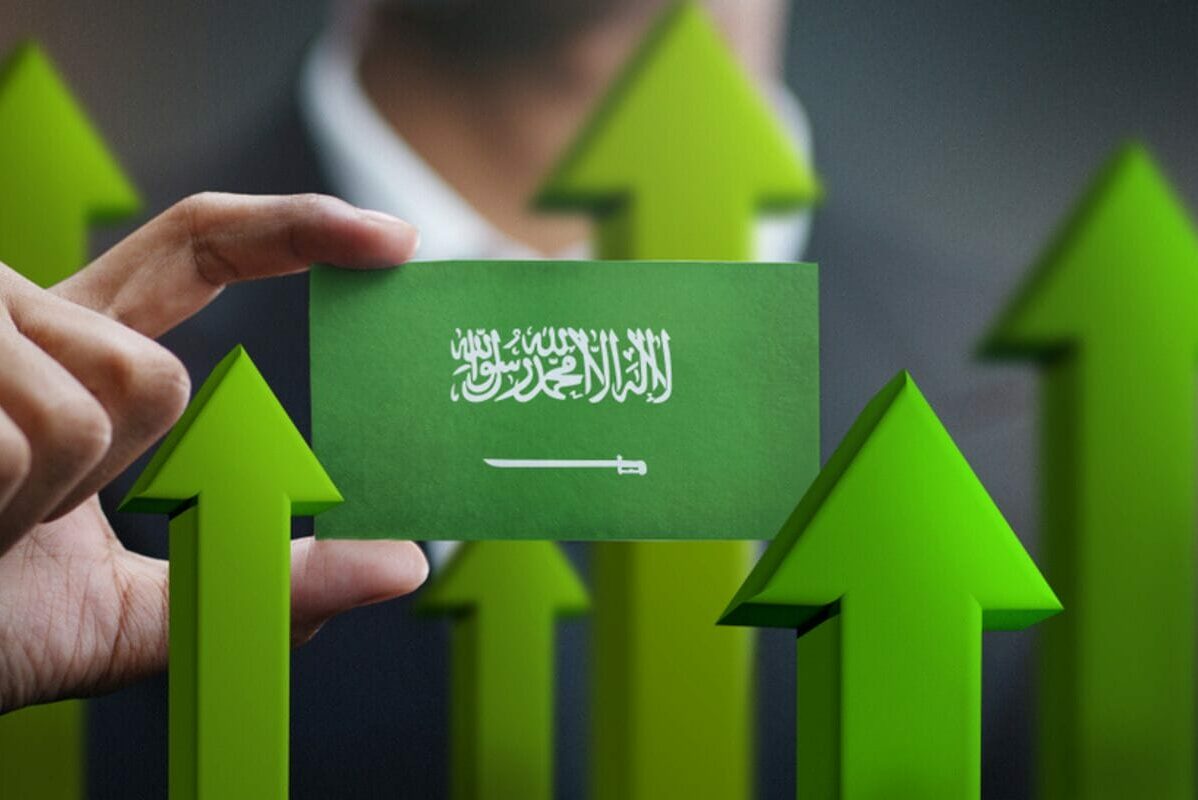Consumer spending in Saudi Arabia experienced in October a significant surge, reaching SAR179.1 billion ($47 billion), marking a 20 percent increase month-on-month. The growth in consumer spending, which encompasses various payment methods such as cashiers and point-of-sale (POS) systems, amounted to an 11.2 percent rise compared to the same period in the previous year.
The KSA Economic Pulse report, issued by the country’s Ministry of Economy and Planning, highlights the Kingdom’s positive economic indicators. Non-oil sectors witnessed a steady annual growth of 3.5 percent throughout the third quarter of the current year. The report attributes this growth to the commendable performance of the non-oil private sector.
Non-oil activities continued to grow reaching 3.5% year-on-year during the third quarter of 2023, due to the continued positive performance of the Saudi non-oil private sector.
Read more in our November 2023 issue of the KSA Economic Pulse: pic.twitter.com/38hvb7TeQv
— وزارة الاقتصاد والتخطيط (@MEPSaudi) December 21, 2023
Furthermore, the paper emphasizes Saudi Arabia’s ongoing efforts to reduce its reliance on oil exports, with a simultaneous focus on stimulating domestic private sector expansion to bolster the national economy.
Voluntary oil cut
In terms of the gross domestic product (GDP), there was a year-on-year decline of 4.4 percent. This contraction was primarily driven by a 17 percent decrease in oil-related activities compared to the same period in the preceding year. The study attributes this decline to the voluntary cut of oil production by 1 million barrels per day, a measure that is expected to persist until the end of the first quarter of 2024. Conversely, non-oil sectors continued to exhibit growth, expanding by 3.5 percent during the third quarter.
The report also highlights a 0.8 percent annual decline in consumer loans, while noting a slight increase of 0.1 percent quarter-on-quarter.
Regarding the main market index, Tadawul, the report reveals a monthly increase of 4.6 percent in November and a 2.6 percent rise compared to the same period last year.
Furthermore, data acknowledged a decrease in foreign investment inflows, amounting to 6.2 billion riyals (approximately $1.65 billion). This represents a decline of 20.7 percent compared to the previous month and 17.2 percent year-on-year.
Recently, Moody’s Analytics projected that the Kingdom’s non-oil GDP would experience an annual growth rate ranging from 3 percent to 4 percent until 2030.
For more news on the economy, click here.




